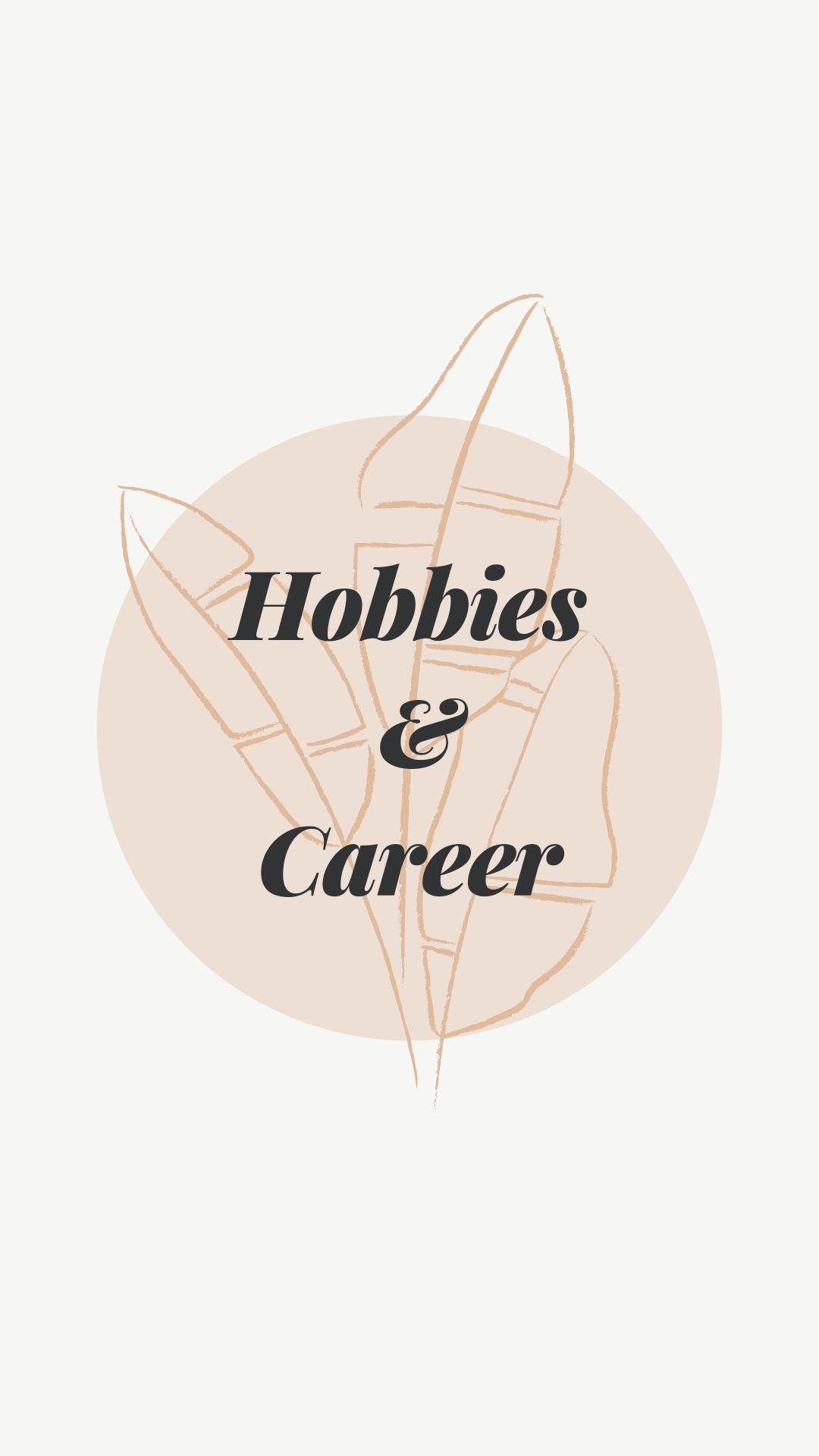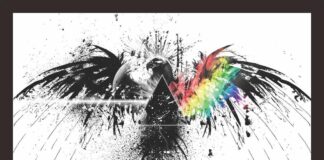“Painting is just another way of keeping a diary.“(Pablo Picasso).
Painting is one of the sorts of fine art study. Painting is simply a hobby course. There are numerous students who wish to seek out a career in fine art and obviously in painting because it is one of the exciting subjects of fine art. Painting is such type of hobby which can reduce boredom.
Difference between Drawing and Painting: There is a basic difference between painting and drawing. In the drawing, a single layer is an entire image. In painting, one layer is painted over another to get the final idea. As a result, most of the time, the image won’t be clear until it gets to the final stage.
Primary Stages In Painting: “All you need to paint is a few tools, a little instruction, and a vision in your mind.” (Bob Ross).
There are four primary stages in painting. They are—
- Preparation: Most artists prepare a canvas or other surface. A thin uniform cover or “wash” of a white or different colour is laid on the whole body. This may help the last layers to get the same fix all over the surface.
- Divide: In the dividing stage, the canvas is divided into a few major areas, and background for those areas are plotted.
- Layer: In the layering stage, a layer is plotted over another layer to get the desired shape in each area. By the end of this stage, all objects in the image will be identified.
- Touch Up: The touch-up stage needs extra efforts. This step is to provide a different look to the image like—precise, bordering, merging layers, and other visual effects.
Painting Related Books: To be a professional painter, one needs to learn some recommended books. Here the book lists are—
- ALLA PRIMA II: A brilliant book for beginners through to master painters. This is not so much a step-by-step painting book but rather a book which covers some of the more fundamental areas of the painting.
- FILL YOUR OIL PAINTINGS WITH LIGHT AND COLOUR: A great book on landscape painting by Kevin Macpherson. There is some vital information on painting with a palette to produce vivid results in this book.
- INSPIRED BY LIGHT: This book is a showcase of inspiring paintings and words by Ken Howard. A must-have book for beginner artists.
Without having these, beginner painters can also have these—
- A PROVEN STRATEGY FOR CREATING GREAT ART (Dan Mc Caw)
- LANDSCAPE PAINTING: ESSENTIAL CONCEPTS AND TECHNIQUES FOR PLEIN AIR AND STUDIO PRACTISE (Mitchell Albala)
- 1500 COLOUR MIXING RECIPES FOR OIL, ACRYLIC AND WATERCOLOUR (William F. Powell)
Professional Courses Related to Painting: To develop your painting skills, you must have these courses–
- Ultimate Drawing Course—Beginner to Advanced (Udemy)
- Character Art School: Complete Character Drawing (Udemy)
- The Art and Science of Painting/Basic Skills (Udemy)
- Character Illustration: Facial Expressions, Figures and Clothing (Skillshare)
- Free Painting Courses and Tutorials (Udemy)
- How to Draw: Free Beginner Courses (Rapid Fire Art)
Degrees for Painting: Some of the top colleges and institutions which provide admission to (B.A.) in the painting are as follows—
- Bachelor of Arts in Painting and Visual Arts (RUFA)
- A. (Hons) Painting, Drawing, and Printmaking (Plymouth College of Art)
- Bachelor of Fine Arts in Drawing and Painting (OCAD University)
- A. In Painting and Visual Arts (NABA)
- A. In Visual Arts (Dillard University)
- A. Painting (Royal College of Art)
These degrees highlight the visual texture that can be created to look like real and textures, two-dimensional work of art; textures gives a visual sense of how an object would feel in its real-life.
How to Teach Yourself to Paint: The desire to paint is widely held among People of all ages and professions, but many never act on the charge. Some people avoid painting due to insecurity or misguided notions about what the art form entails. Some think that painting requires innate talent or expensive instruction, and worry that they’re not creative enough to paint something beautiful. Yet learning to an image doesn’t get to be intimidating, and it doesn’t require talent. All you need to teach yourself to paint are-a few materials targeted practice and the right frame of mind.
Jobs and Salary: Some of the youngsters have the misunderstanding that there is no career in the field of fine art and painting. Many students ask for the scope of painting or the opportunity in the area of painting. The job profiles of this field are as follows—
- Arts Administrator
- Art Restoration Specialist
- Visiting Artist
- Commercial Artist
- Muralist
- Painter etc.
A fresher in this profession can earn up to $2000 to $2500 per month according to their talent and work. After gaining experience in this field, they can earn up to $3000 to $5000 per month based on their work experience, the company they work, and location etc.
Why Is Painting A Good Hobby: painting is an excellent hobby as it can improve one’s concentration, develop one’s critical thinking skills, and enhance one’s fine motor skills. It can also foster creative growth, build one’s confidence, promote a positive attitude, and nurture emotional growth. Learning how to draw should be more joy than pressure.
Importance of Painting: Painting is essential because, through the use of different colours, people can express themselves without the use of words. Painting allows children an educational scope that is also pleasure and exciting. Painting aids children to acquire hand-eye coordination and essential skills in their age.
Ending: “A painting to me is primarily a verb, not a noun, an event first and only secondary an image” (Elaine De Kooning)
Through painting, the artists express ideas and emotions as well as a version of the reality he or she perceives, in a two-dimensional visual form. The language of the artists consists of shapes, colours, tones, and textures that are blended in various ways to produce in the viewer’s sensations of light, space, and movement. Some painters paint embodied forms with which observers are usually familiar. Others try to create entirely abstract relationships. To study the paintings of any age is to look in on the diverse interpretations of the era in which they were produced.
By Samira Shikder Suma, Narsingdi










